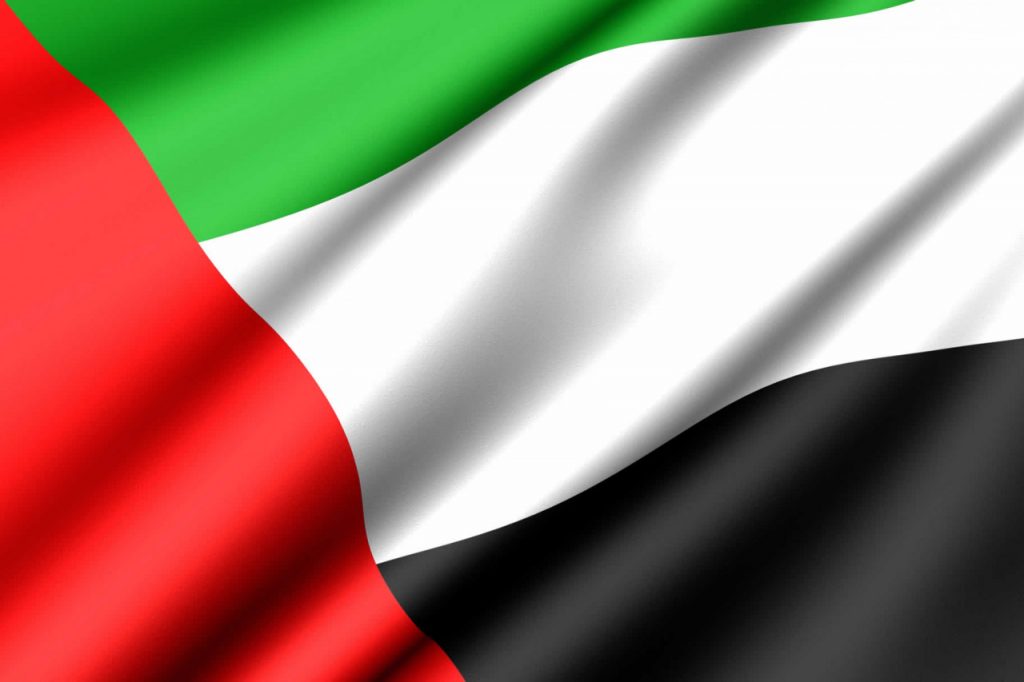Study: UAE leads connectivity growth
March 3, 2023

Distrelec has conducted a study to see where increases in connectivity have had the greatest economic impact and where the race could be on to close the gap, by directly comparing growth in connectivity between 2014 and 2021 to the changes to GDP per capita in that period of time.
The study measures four enablers: infrastructure, affordability, consumer readiness, and content and services. This is assessed across various indicators like 4G and 5G coverage, mobile download speeds, upload speeds, servers per population, access to electricity, mobile ownership, apps developed per person, and the number of apps in the national language. Each country is given a score out of 100 each year to assess the overall connectivity score determined by these factors.
Here’s what the data reveals:
- Ranking highest for the most significant growth in connectivity is the United Arab Emirates, with a 20.2-point growth from 2014 to 2021
- Czechia places second, increasing from 65.7 points in 2014 to 84.5 in 2021 – with GDP per capita increasing by $6,930.33 during this time period
- Ireland ranked in third position for connectivity growth – coinciding with a $44,529 increase in GDP per capita overall
- Germany sits in fourth position with a respectable 17.1 point growth during the time studied
The Countries Ranked Highest for Growth in Connectivity Between 2014 and 2021

Ranking highest for the most significant growth in connectivity is the United Arab Emirates. The country saw a 20.2-point growth from 2014 to 2021 according to data we examined, beginning at a score of 64.6, and increasing to 84.4. Despite this exponential growth, as of 2021, the UAE placed 11th for overall connectivity in our study compared to other countries, alongside experiencing a GDP per capita decline of -$2,550.41.
In the second position, is Czechia. The country saw substantial growth in connectivity, increasing from 65.7 points in 2014 to 84.5 in 2021, a total of 18.8 points, resulting in a placing of 12th in overall connectivity as of 2021. Nonetheless, GDP per capita actually increased by $6930.33 during this time period, from $19,890.92 to $26,821.25.
One of the key trends demonstrated in this study is that even countries that placed lower on the list for overall connectivity in 2021, still saw increases in GDP per capita. In some cases, this also aligned with sharp increases in the country’s connectivity. The country ranked as a leader across all four enablers, ranking highest on infrastructure (91.1) and lowest on affordability (78.7), showing that perhaps while the country is increasing in connectivity, this is not yet an affordable solution for all citizens.
Ireland ranked in third position for connectivity growth, increasing 18.2 points, from 70.4 to 88.6 between 2014 and 2021. Interestingly, this coincided with a $44,529 increase in GDP per capita overall, far surpassing any of the countries in our study regarding GDP increase. Irish companies have been heavily investing in 5G infrastructure and delivery, which has in turn proliferated the usage of technologies advancing different aspects of society, such as remote health delivery.
Germany sits in fourth position with a respectable 17.1 point growth during the time studied. Increasing from 71.9 points in 2014 to 89 in 2021, contributing to being fifth in overall connectivity score as of 2021. And in the fifth position, is Hungary. The country saw a 14.5-point growth over the years, however, there’s still a way to go considering the country ranked 15th in our study for overall connectivity as of 2021.
Overall, the results of this study have shown that increasing connectivity has contributed to increased GDP per capita in circumstances where national investment has been with the intention of improving workplace productivity and technological advancement for growing enterprises.
We’ve also seen significant increases in GDP per capita in countries that don’t rank as highly overall for connectivity but have seen stark growth between the years 2014 and 2021. However, there is still work to be done to close the gap between countries that are emerging and improving, and those that are advancing and thriving.
